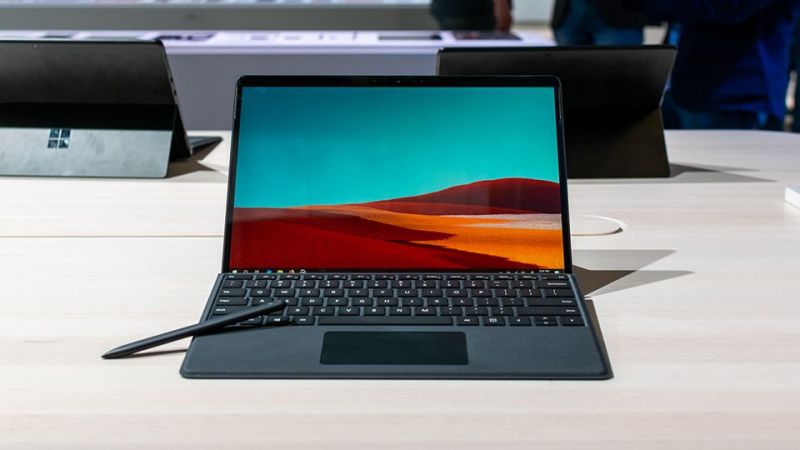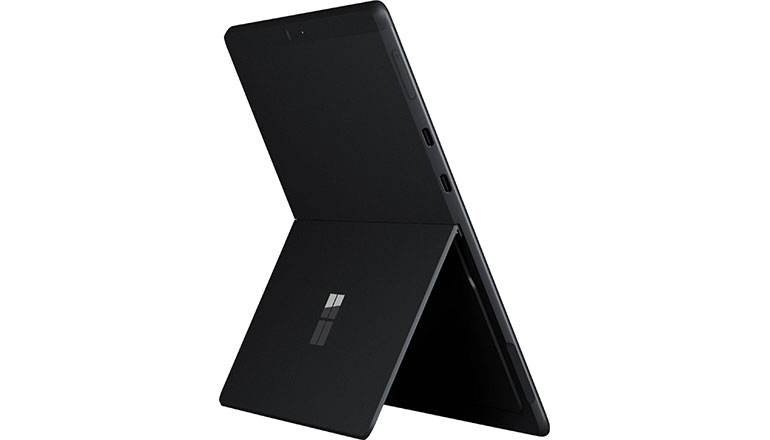
Thanks to the 2880x1920 resolution of the 13-inch touchscreen, you won't miss a single detail of your creation. You can potentially use a Surface Pro 8 as a gaming rig if you want to, and that just won't work with the Pro X.Note: the type cover isn't included by default, so you'll need to purchase it separately.Įdit photos on the sharp touchscreen of the Microsoft Surface Pro X SQ2/16/256 Black. That opens up tremendous possibilities using Thunderbolt docks, displays, or even external GPUs. The Surface Pro 8 finally has Thunderbolt 4 support, giving you lots of expansion options.īut on top of that, while both tablets have two USB Type-C ports, those ports support Thunderbolt 4 on the Surface Pro 8. If you still use wired headphones, this is your best option. For one thing, it adds a 3.5mm headphone jack, which the Surface Pro X doesn't have. The Surface Pro 8 counters that however, because its ports are far more capable. In the end, both are very portable devices, but you might prefer the Surface Pro X if you want the lightest option. The Surface Pro X weighs just 1.7 lbs without the keyboard, and while the Surface Pro 8 isn't heavy by any means, it's slightly above that at 1.89 lbs. Having an ARM processor helps achieve a more compact design, and it's lighter, too. $1,099.99 (consumer models with Intel Core i5) Optional: LTE (Qualcomm Snapdragon X20).10MP, Full HD/4K rear-facing camera with autofocus.Two 2W stereo speakers with Dolby audio.


13-inch PixelSense Flow (2880 x 1920) display, up to 120Hz refresh rate, touch, Surface Pen support.

Intel Core i3-1115G4 (up to 4.1GHz, 2-core) (commercial customers only).


 0 kommentar(er)
0 kommentar(er)
